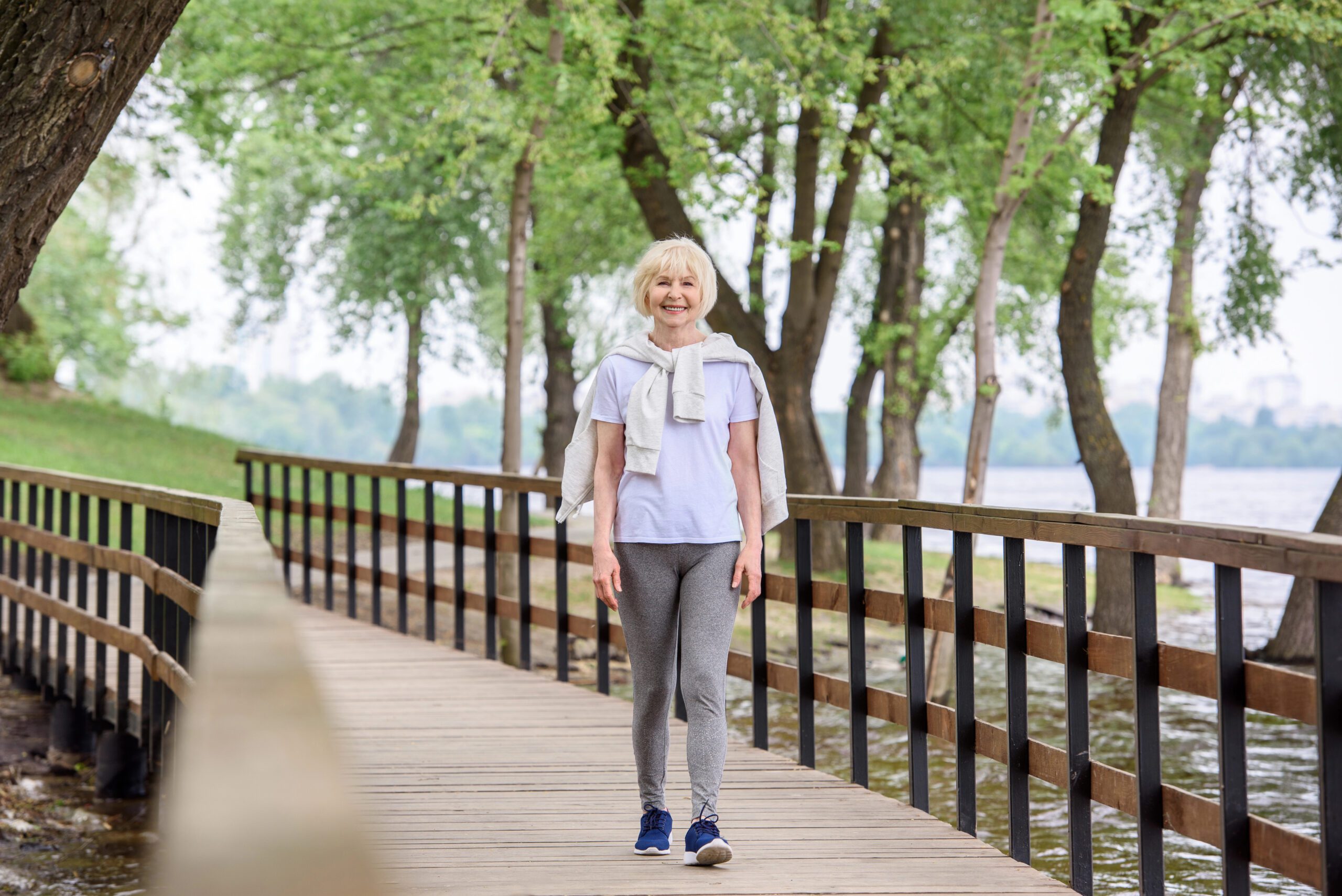What Aging Decline Really Looks Like in Your 40s and 50s —
What You Can Do About It
You’re in your prime—or you should be enjoying it. Instead, you feel like you need to nap just to get through the day. Workouts are painful, and stretching feels like a pre-requisite just to move. Strength training? Forget about it—everything hurts afterward.
This isn’t normal aging. It’s a decline in movement readiness, and you can turn it around. Whether you’re dealing with joint pain, mobility issues, or looking to improve flexibility, you don’t need to settle for stiffness.

Why It Happens—The Real Reason You're Feeling “Old”
Flexibility decreases
Joints lose glide, capsules stiffen, stabilizer muscles go silent.
Muscle mass declines
The Result
Fatigue, constant need for stretching, modifying workouts, poor sleep, and endless aches.
These aren’t badges of aging—they’re signs you’ve lost readiness.
Stretching Isn’t Enough – You Need a Different Strategy
Old-school fixes like stretching routines, foam rollers, or massage feel good—temporarily. But they don’t restore joint health or muscle activation.
Even more generic strength training can backfire if your joints haven’t regained proper mobility.
The Result
You’ve been doing steps two and three without clearing step one. That’s why it keeps hurting.
Can People with Chronic or Autoimmune Conditions Do This Too?
Absolutely. Many believe only licensed doctors or PTs can help them. But licensed healthcare—insurance-based care—doesn’t focus on proactive longevity or mobility. It reacts only after things break.
That’s where Stretch Mobility Coaching fits in.
The Research Backs It Up

Joint-specific flexibility drops with age—especially in shoulders and trunk—highlighting that mobility, not just strength, matters PMC.

Movement—consistent, joint-safe movement—slows flexibility decline and supports mobility PMC.

And get this: better flexibility correlates with longer lifespan, even when age and health are accounted for Fortune.
It’s not just an anecdote—this is science.
What You Can Do Right Now
You don’t have to wait until pain becomes a code on your insurance claim. Here’s your quick plan—no waiting list, no scripts:
Book an “Unlock Your Flexibility Demo”
Quick screening—test one area, optimize joints, wake a stabilizer.
If you respond well, move to a Kickstart Readiness Plan:
- Baseline measures (flexibility, muscle mass, functional markers)
- Goals for joint health, strength, stamina
Feeling tired, stiff, or like your body is “just aging” is not your fate.
That’s your body saying it lost readiness—and it needs your attention.
You are not defined by a diagnosis—or the absence of one. You have control.
Joints. Muscles. Readiness.
That’s not just your pathway. That’s your advantage.
If you’re ready to stop modifying and start thriving, book your unlock your flexibility demo today. Your body—and your future self—will thank you.



